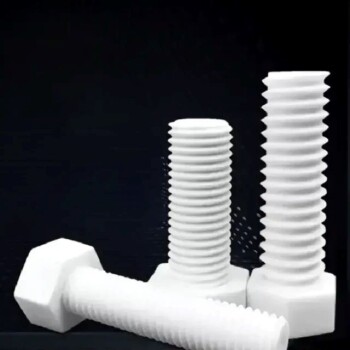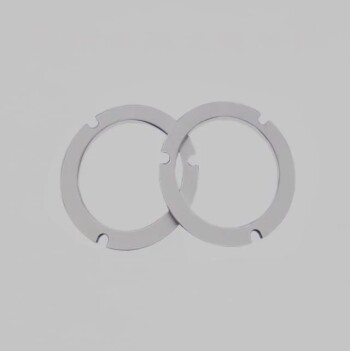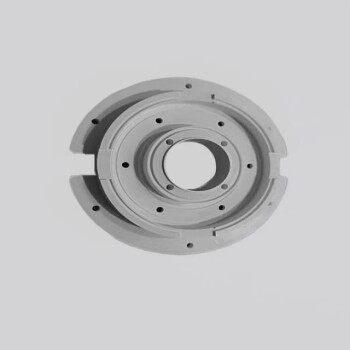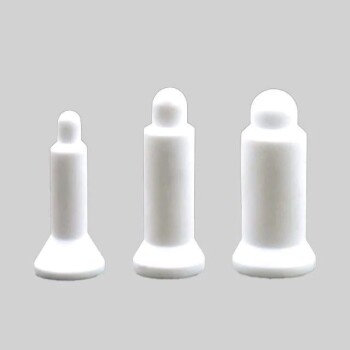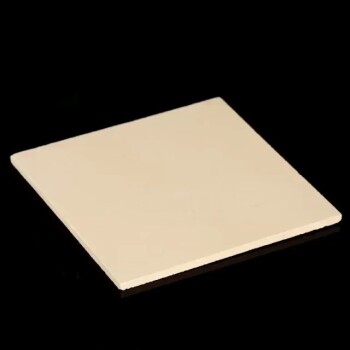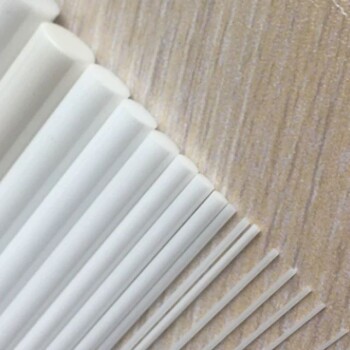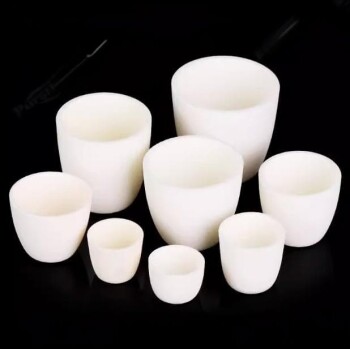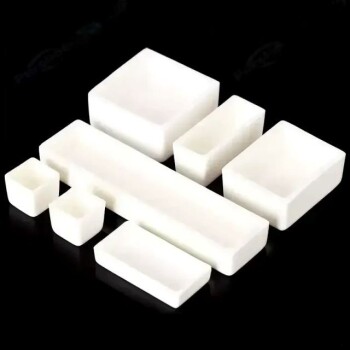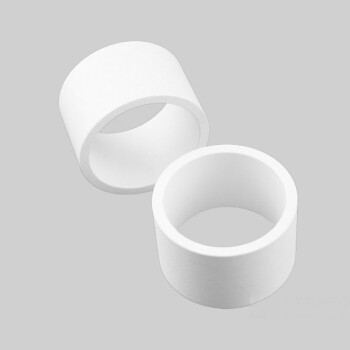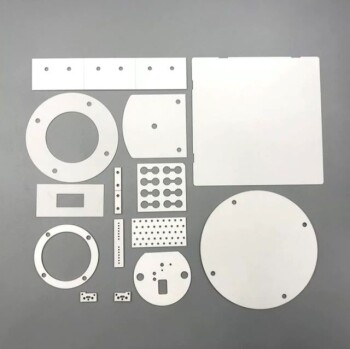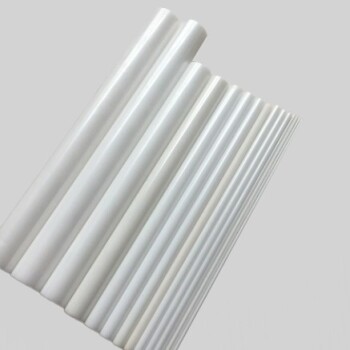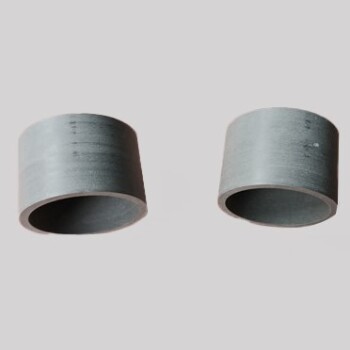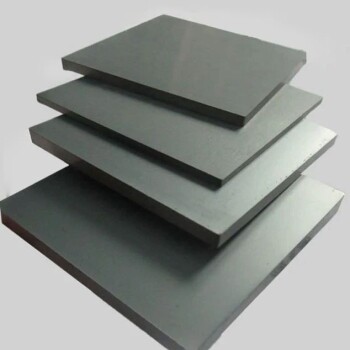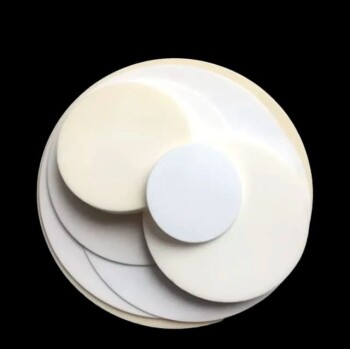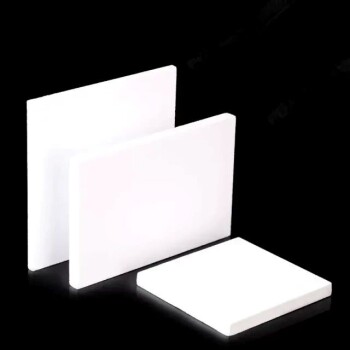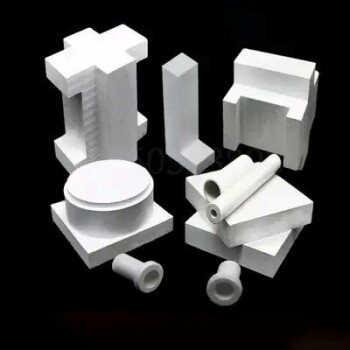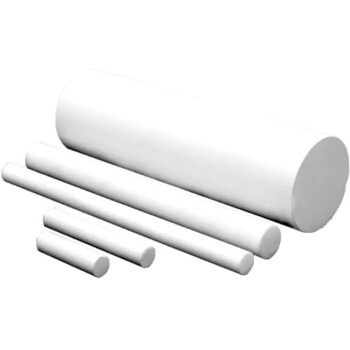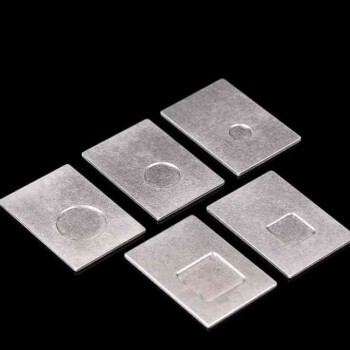高温工学セラミックスの概要
現代産業における応用
高温エンジニアリング・セラミックスは、航空宇宙、エネルギー、自動車、冶金など、いくつかの重要な産業で不可欠です。耐高温性、卓越した強度、卓越した硬度、優れた化学的安定性など、そのユニークな特性は、従来の材料では困難な環境に理想的です。
航空宇宙分野では、これらのセラミックは、タービンブレードや燃焼室のような極端な温度や圧力に耐える部品に不可欠です。高高度や高熱下で構造的完全性を維持する能力は、航空機の安全性と効率を保証します。
エネルギー部門は、特にガスタービンや原子炉のような高温プロセスを伴う用途において、これらの材料から大きな恩恵を受けています。高温エンジニアリングセラミックスは、これらの環境の腐食性および熱応力に耐えることができ、エネルギーシステムの耐久性と効率を高めます。
自動車産業では、エンジン部品、ブレーキ、および排気システムにこれらのセラミックを活用し、その高い強度と耐摩耗性が性能と寿命の向上に貢献しています。また、これらの材料の化学的安定性は、自動車用途で見られる過酷な条件下でも劣化しないことを保証しています。
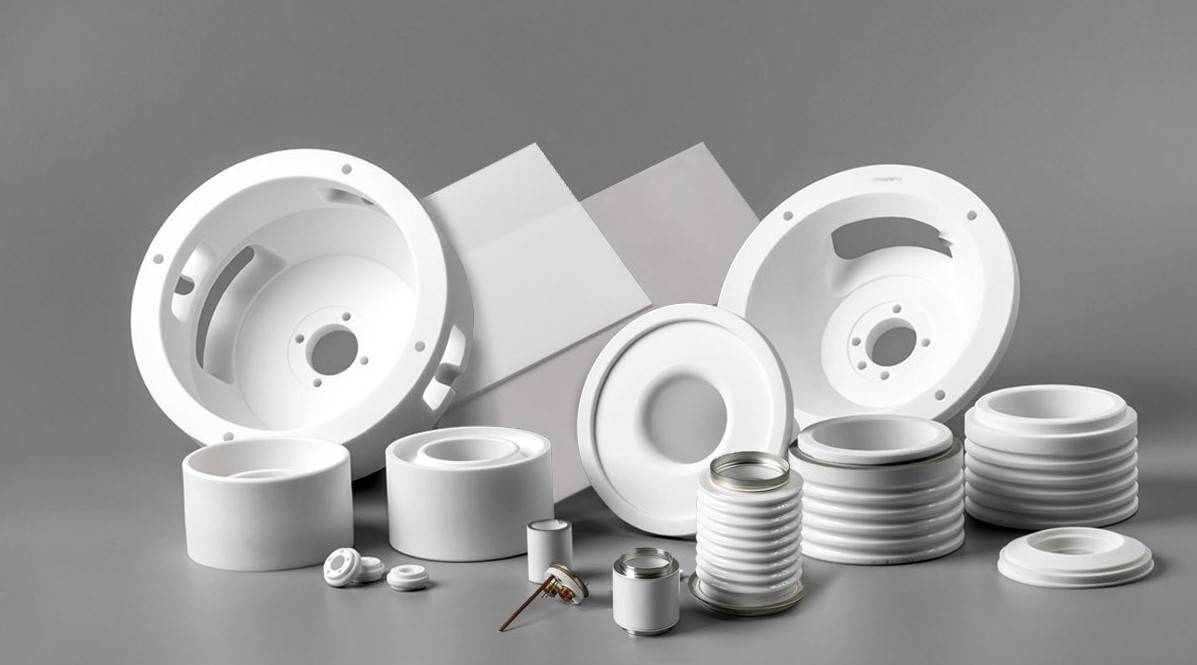
冶金学では、高温工学セラミックスは、炉、るつぼ、および高温で動作するその他の装置で使用されます。熱衝撃や化学腐食に対する耐性があるため、金属や合金の加工には欠かせません。
全体として、高温エンジニアリング・セラミックスが持つ特性のユニークな組み合わせは、極端な条件下での信頼性と性能を要求する産業において、それを基礎材料にしています。
高温工学セラミックスの構造的特徴
結合タイプと結晶構造
セラミック材料は、イオン結合と共有結合のユニークな組み合わせを示し、その卓越した物理的および化学的特性に大きく寄与しています。イオン結合は、原子間の電子の移動によって形成され、材料の硬度と融点を高める高度に整然とした格子構造をもたらす。逆に、電子の共有によって特徴づけられる共有結合は、さらなる強度と化学的安定性をもたらす。
イオン結合と共有結合の相互作用により、高硬度、高融点、優れた化学的安定性を持つ材料が得られる。これらの特性は、航空宇宙、エネルギー、自動車、冶金などの産業において、構造的完全性を損なうことなく極限状態に耐えなければならない材料に応用する上で極めて重要である。
これらのセラミックスの結晶構造は、その性能上の利点をさらに増幅させます。結晶格子における原子の規則正しい配列は、材料の機械的特性を強化するだけでなく、化学的腐食に対する抵抗性にも寄与している。この結晶配列により、セラミック材料は高圧・高温環境下でもその完全性を維持することができ、現代のエンジニアリング用途に欠かせないものとなっている。
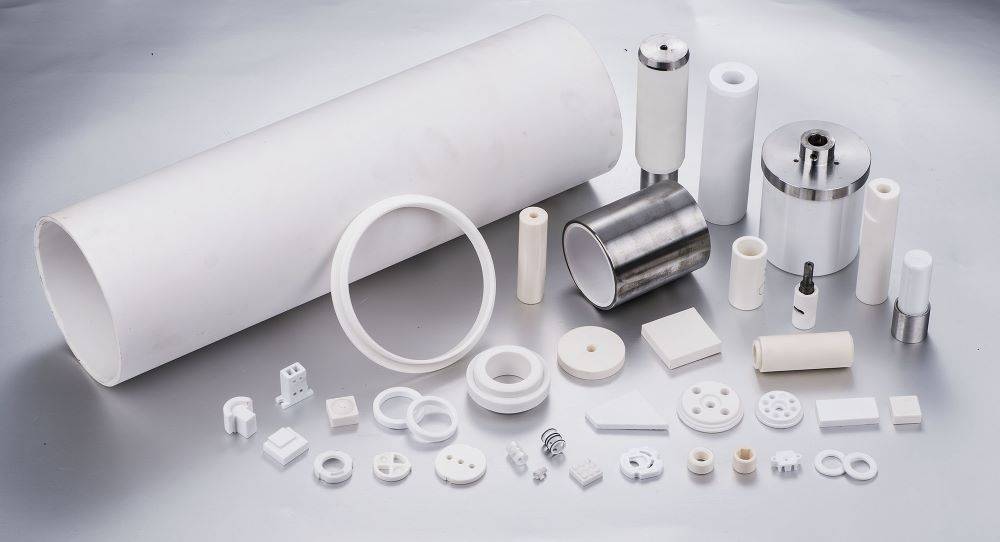
要約すると、セラミック材料の結合タイプと結晶構造は、高温・高圧用途で優れた性能を発揮するための基盤となっています。イオン結合と共有結合の相乗効果は、規則正しい結晶格子と相まって、これらの材料に必要な硬度、融点、化学的安定性を与え、要求の厳しい産業環境で優れた性能を発揮します。
微細構造の構成
高温工学セラミックスの微細構造は、結晶相、ガラス相、および気相の 3 つの主要な相の複雑な相互作用です。これらの相はそれぞれ、セラミックの特性と用途を形成する上で明確な役割を果たし、微細構造をその全体的な性能の重要な決定要因としています。
結晶相は、しばしば支配的な構成要素であり、規則正しい原子配列によって特徴付けられます。この相は、セラミックの強度、硬度、熱安定性などの機械的特性に大きく寄与します。セラミック内の結晶構造の種類と分布は様々で、これらの特性の異なるレベルにつながります。例えば、結晶相の割合が高いセラミックは、優れた機械的強度と高温耐性を示す傾向があります。
対照的に、ガラス相は非晶質であり、長距離秩序を欠く。この相は一般的に存在量は少ないが、セラミックの靭性と耐破壊性を高めるために極めて重要である。ガラス相は、結晶粒子をつなぎとめるバインダーの役割を果たし、応力下での破壊の可能性を低減します。また、熱衝撃に耐えるセラミックの能力にも寄与します。これは、高速飛行や急激な温度変化への応用に不可欠な特性です。
最後に、気相は、多くの場合、気孔や空隙の形で、製造工程で避けられない副産物です。気孔はセラミックの機械的強度と密度に悪影響を及ぼす可能性がありますが、特定の用途では役割を果たすこともあります。例えば、電気絶縁用途では、気孔の存在がセラミックの誘電特性を高め、高電圧機器やレーダードームに適しています。
まとめると、高温エンジニアリング・セラミックスの微細構造組成は、結晶相、ガラス相、ガス相の微妙なバランスであり、それぞれがセラミックスの特性と様々な高温用途への適合性に影響を与えます。この組成を理解することは、要求の厳しい産業環境におけるセラミックの性能を最適化するために不可欠です。
高温エンジニアリングセラミックスの性能上の利点
機械的特性
高温エンジニアリングセラミックスは 卓越した機械的特性 を発揮します。その 高い硬度 は、主にイオン結合と共有結合からなる強固な結晶構造の証です。この結合タイプは、高い融点を持つだけでなく、過酷な条件下での耐久性も保証します。
硬度に加えて、これらのセラミックは以下を誇ります。 優れた耐摩耗性 .この特性は、切削工具やベアリングのように、材料が継続的な機械的摩耗にさらされる環境で非常に重要です。これらのセラミックの耐摩耗性は、多くの金属や合金の耐摩耗性よりも著しく高く、高応力用途での長期使用に理想的です。
さらに、高温エンジニアリング・セラミックスは 顕著な圧縮強度 .この特性により、構造的完全性を損なうことなく高圧に耐えることができます。例えば、材料がしばしば強い機械的応力にさらされる航空宇宙産業では、これらのセラミックは不可欠です。高圧条件下でも強度を維持できることから、タービンブレードやエンジン部品など、高温・高圧の環境で使用される部品に適しています。
要約すると 高硬度、優れた耐摩耗性、および顕著な圧縮強度の組み合わせが の組み合わせにより、高温エンジニアリングセラミックスは、さまざまな産業にわたる高圧高温用途に独自に適しています。
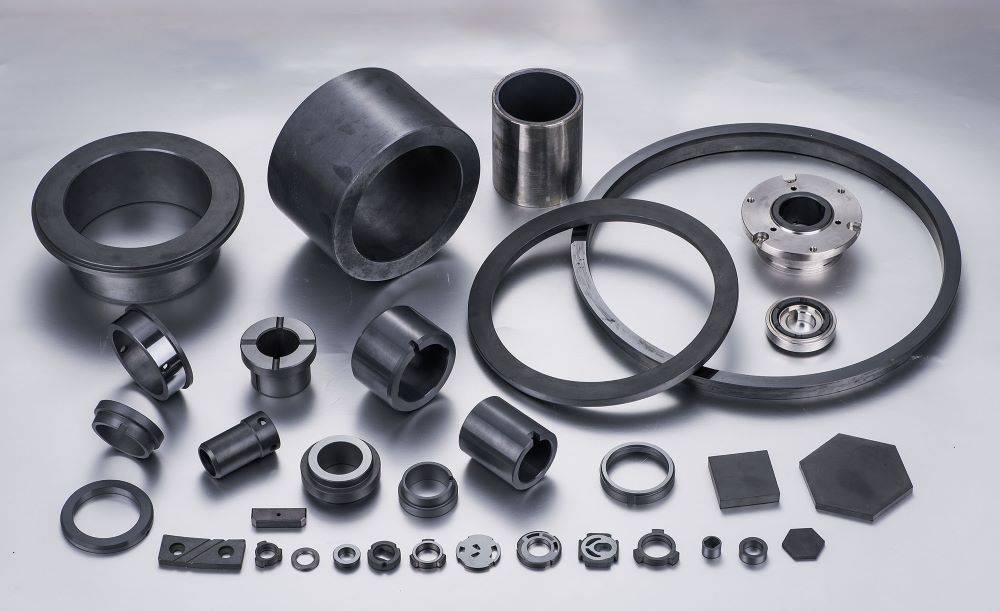
耐薬品腐食性
高温エンジニアリングセラミックスは、卓越した耐薬品腐食性を示し、従来の材料では急速に劣化するような環境では不可欠です。これらのセラミックは、以下を含む広範な腐食剤に対して高い耐性を持っています。 ほとんどの無機酸 , 苛性ソーダ溶液 , 有機物 および 溶融非鉄金属 .この耐性は主に、イオン結合と共有結合の両方を組み合わせたユニークな原子結合によるもので、高い化学的安定性と不活性をもたらす。
| 腐食剤 | 耐性レベル | 用途例 |
|---|---|---|
| 無機酸 | 高い | 化学処理リアクター |
| 苛性ソーダ溶液 | 高 | 工業プラントの耐アルカリ性ライニング |
| 有機物質 | 高 | 石油化学工業の成分 |
| 溶融非鉄金属 | 高い | 金属鋳造プロセスにおける坩堝および鋳型 |
大きな劣化なしにこのような過酷な条件に耐える能力により、高温エンジニアリングセラミックスは、化学処理から金属精錬まで、多様な産業用途で効率的かつ確実に動作することができます。この特性は、部品の寿命を延ばすだけでなく、メンテナンスとダウンタイムを削減し、全体的な運用効率とコスト削減に貢献します。
電気絶縁
高温工学セラミックスは、高電圧機器やレーダードームへの応用に不可欠な、卓越した電気絶縁特性を示します。これらの材料は、電流の流れを防ぎ、電気システムの安全性と信頼性を確保するように設計されています。これらのセラミックの絶縁耐力は、従来の材料よりも大幅に高く、電気絶縁が最も重要な環境に最適です。
電気絶縁性能に加えて、これらのセラミックスは優れたマイクロ波透過性を示す。この特性により、マイクロ波信号を大幅に減衰させることなく伝送できるレーダードームに使用することができます。電気絶縁性とマイクロ波透過性というこれら2つの特性の組み合わせにより、高温エンジニアリング・セラミックスは、防衛と民生両方の用途で不可欠な部品として位置づけられています。
例えば、レーダー システムでは、これらのセラミックを使用することで、レーダー ドームが、クリアなマイクロ波伝送を維持しながら、高電圧環境に耐えることができます。この二重機能は、レーダー信号の完全性と電気システムの安全性が重要な、航空宇宙および軍事用途において特に重要です。
さらに、これらのセラミックの熱安定性は、高電圧用途への適合性をさらに高めます。電気絶縁特性を損なうことなく極端な温度変化にも耐えることができるため、多様な動作条件下で弾力性を発揮します。この熱安定性は、固有の電気絶縁性とマイクロ波透過性と相まって、現代の技術進歩におけるその重要性を強調している。
耐熱衝撃性
耐熱衝撃性は、材料が永久的な損傷を受けることなく、急激で極端な温度変動に耐えることを可能にする重要な特性です。炭化ケイ素(SiC)は、高熱伝導率、低熱膨張率、および卓越した強度のユニークな組み合わせにより、この点で際立っています。これらの特性が相まって、SiCは熱衝撃に耐える卓越した能力を発揮し、温度変化が急激で激しい環境で好まれる材料となっています。
急激な温度変化にさらされた場合、材料には一般的にマイクロクラックの形成につながる熱応力が発生し、時間の経過とともに材料の完全性が損なわれる可能性があります。しかし、SiC固有の特性は、このリスクを効果的に軽減します。熱伝導率が高いため、熱が均一に分散され、応力集中の原因となる局所的な過熱を防ぐことができます。同時に、その低熱膨張係数は、温度変化から生じる熱応力の可能性を低減します。
| 特性 | SiCの値 | 耐熱衝撃性への影響 |
|---|---|---|
| 熱伝導率 | 高い | 均一な熱分布 |
| 熱膨張 | 低い | 熱応力の低減 |
| 強度 | 高い | マイクロクラックへの耐性 |
金属やプラスチックと比較して、SiCのようなセラミックスは、優れた耐熱衝撃性で特に有名です。この利点は、材料が高温だけでなく、そのような条件に関連する急速な冷却および加熱サイクルにも耐えなければならない、高速飛行条件や高温環境などの用途において特に顕著です。このような厳しい条件下でも構造的完全性を維持できるSiCの能力は、高性能エンジニアリング用途におけるその価値を際立たせています。
一般的な高温工学セラミックスとその特性
窒化ケイ素セラミックス
窒化ケイ素 (Si₃N₄) セラミックスは、機械的、熱的、および電気的特性の比類のない組み合わせによって際立っており、最も汎用性の高い先端セラミックスの一つとなっています。 アドバンスト・セラミックス .これらのセラミックスは、ほとんどの金属の高温能力を凌ぐ、卓越した硬度と耐熱衝撃性を示します。優れた耐クリープ性と耐酸化性は、高温用途への適性をさらに高めています。
機械的強度の面では、窒化ケイ素セラミックスは高温でも高い性能を維持し、過酷な条件下での耐久性を保証します。耐摩耗性と耐酸・耐アルカリ腐食性は、従来の金属では不利になるような環境にも理想的です。さらに、その自己潤滑特性は、摩擦と摩耗を減らし、高温、腐食性、および機械的に要求の厳しい用途における部品の寿命を延ばします。
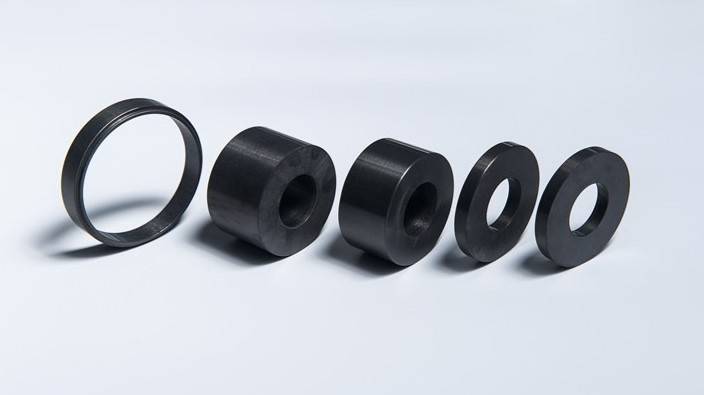
| 特性 | 利点 |
|---|---|
| 硬度 | ほとんどの金属を凌ぐ非常に硬い |
| 熱衝撃 | 高速飛行や高温での使用を可能にする優れた耐性。 |
| 耐摩耗性 | 過酷な条件下でも部品の摩耗を低減する高い耐摩耗性 |
| 耐腐食性 | 酸、アルカリ、その他の腐食剤に強い。 |
| 自己潤滑性 | 摩擦と摩耗を低減し、部品の寿命を延ばす |
窒化ケイ素セラミックは、過酷な条件に耐える能力により、航空宇宙、石油、および化学工学で特に好まれています。窒化ケイ素セラミックスは、電気、機械、および機械加工産業において、従来の金属部品の代わりに使用されることが多く、優れた性能と寿命を提供します。
要約すると、窒化ケイ素セラミックは、高温構造部品の優れた選択肢であり、最も要求の厳しい産業用途において、そのユニークな特性を活かして、従来の材料よりも優れた性能を発揮します。
炭化ケイ素とその他の硬質合金
炭化ケイ素 (SiC) は、その卓越した機械的特性により、硬質合金の中でも際立っており、高性能なエンジニアリング部品用の優れた材料となっています。その 高硬度 は、切削工具や耐摩耗部品などの産業用途で頻繁に遭遇する極度の機械的応力や研磨条件に耐えることを可能にする重要な特性です。
その硬度に加え、SiCは次のような特長があります。 優れた耐摩耗性 .この特性は、自動車用ブレーキや工業用研削砥石など、材料が継続的に摩擦や摩耗にさらされる環境では極めて重要です。このような条件下でも完全性を維持できるSiCの能力は、使用される部品の寿命を大幅に延ばし、メンテナンスコストとダウンタイムを削減します。
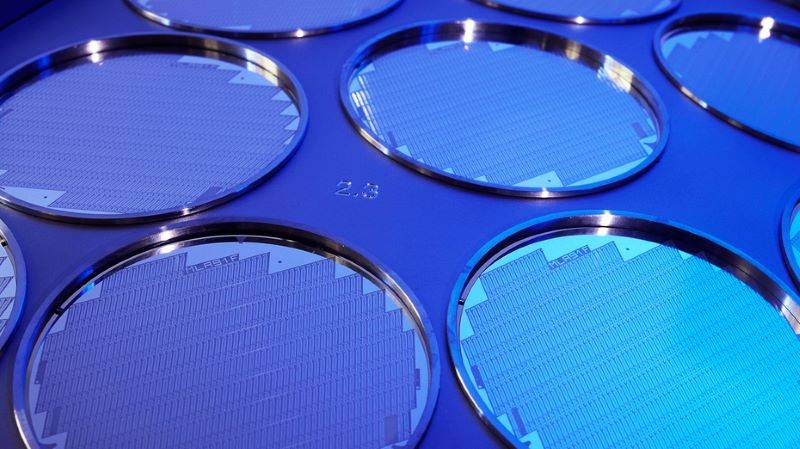
炭化ケイ素のもう一つの特筆すべき特徴は 耐熱衝撃性 .この特性により、SiC部品はクラックや劣化を起こすことなく急激な温度変化に耐えることができ、熱勾配が極端な高速飛行での用途に理想的です。このような熱応力に対応する材料の能力は、重要なエンジニアリングシステムの信頼性と安全性を保証します。
このような特性により、炭化ケイ素は高性能エンジニアリング・アプリケーションに最適な材料として位置づけられています。航空宇宙、自動車、工業分野のいずれにおいても、SiCの硬度、耐摩耗性、耐熱衝撃性の組み合わせは、SiCを現代のエンジニアリング設計における多用途かつ不可欠なコンポーネントにしています。
α-サイアロンとβ-サイアロン
α-サイアロンとβ-サイアロンは、卓越した特性を示す先進の高温エンジニアリングセラミックスであり、要求の厳しい産業用途に不可欠な材料です。どちらの材料も 高硬度 と 耐摩耗性 これは、従来の素材ではすぐに劣化してしまうような環境での使用に不可欠なものである。そのため、特に以下のような用途に適している。 石油 および 冶金 分野での用途に特に適している。
石油産業では、α-サイアロンとβ-サイアロンは次のような部品によく使用されます。 ドリルビット や ポンプシール その高い硬度と耐摩耗性により、稼動寿命の延長とメンテナンスコストの削減が可能になります。同様に、冶金分野では、これらのセラミックスは以下の用途に使用されています。 炉の内張り や るつぼ 耐熱性が高いため、極端な熱条件下でも大きな劣化を起こすことなく使用できる。
さらに、α-サイアロンやβ-サイアロンの高温耐性は、単に受動的な特性ではなく、これらの産業における性能に積極的に寄与している。例えば、1500℃を超えることもある冶金プロセスにおいて、これらのセラミックスはその構造的完全性と機械的特性を維持し、それらが使用される装置の信頼性と効率を保証します。
まとめると、高硬度、耐摩耗性、高温耐性を兼ね備えたα-サイアロンとβ-サイアロンは、石油産業や冶金産業において貴重な材料であり、そのユニークな特性は、特定の課題に対処し、操業効率を向上させます。
用途の展望と課題
用途の展望
高温エンジニアリング・セラミックスは、特に以下のようなハイテク産業において、顕著な可能性を示している。 宇宙技術 , 軍事用途 そして 原子エネルギー .その比類のない 高温耐性 そして 化学的安定性 により、これらの分野で不可欠なものとなっています。
宇宙技術
宇宙技術の領域では、これらのセラミックは、宇宙旅行の過酷な条件に耐える部品を構成する上で極めて重要です。宇宙船の熱保護システムに使用され、大気圏再突入の高熱下でも重要な部品が無傷であることを保証しています。さらに、軽量でありながら堅牢であるため、人工衛星やロケットの構造部品に最適です。
軍事用途
軍事分野では、さまざまな重要な用途で高温工学セラミックスのユニークな特性を活用しています。例えば、セラミック装甲は、その高い硬度と貫通に対する耐性により、弾道脅威に対する優れた保護を提供します。さらに、これらの材料は、ジェット エンジン部品の設計に不可欠であり、軍用機の性能と耐久性を強化しています。
原子力エネルギー
原子力の分野では、高温工学セラミックスは原子炉部品に不可欠です。劣化することなく極端な温度や放射線に耐えるその能力は、原子力発電所の安全で効率的な運転を保証しています。具体的には、燃料被覆管、炉心、および高レベルの放射線と熱にさらされるその他の重要な部品に使用されています。
これらの用途は、技術を進歩させ、重要なシステムの安全性と効率を確保する上での高温工学セラミックスの多様性と戦略的重要性を強調しています。
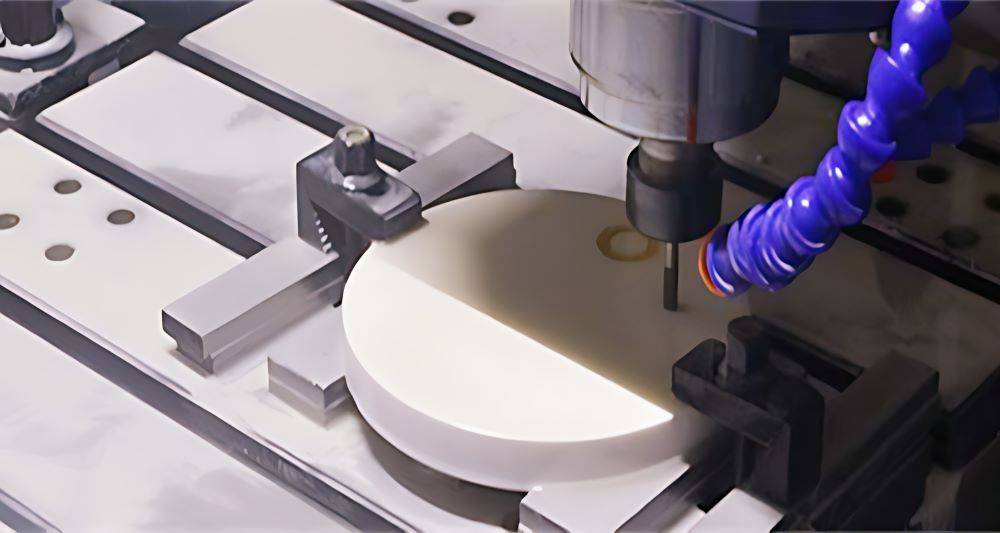
課題
高い脆性と製造コストは、研究開発を通じて対処すべき重要な課題です。高温エンジニアリング・セラミックスは、その卓越した機械的特性にもかかわらず脆いため、突然の衝撃や応力に耐える能力が制限され、重要な用途では致命的な故障につながる可能性があります。この固有のもろさは、その靭性と信頼性を高めるために、高度な製造技術と材料改良の開発を必要とします。
さらに、これらのセラミックに関連する高い製造コストが、その普及のもう一つの障壁となっています。極端な温度での焼結や微細構造組成の精密な制御など、高品質のセラミックスを製造するために必要な複雑な工程が、こうしたコスト高を招いているのです。これらの課題に対処するには、技術的な進歩だけでなく、イノベーションを推進し製造コストを削減するための産学官の戦略的協力が必要です。
まとめると、高温エンジニアリング・セラミックスは、多くの性能上の利点を提供する一方で、その脆性と高い製造コストは、協調的な研究開発努力によって取り組まなければならない重大な課題として残っている。
関連製品
- 高温耐性と絶縁性を備えたエンジニアリング先進ファインセラミックス用高品質アルミナセラミックス製ねじ
- 六方晶窒化ホウ素HBNセラミックリング
- カスタム窒化ホウ素(BN)セラミック部品
- 精密用途向けエンジニアリング先進ファインアルミナ(Al₂O₃)セラミック位置決めピン ストレートベベル
- エンジニアリング先進ファインセラミックス用精密加工イットリア安定化ジルコニアセラミックプレート

